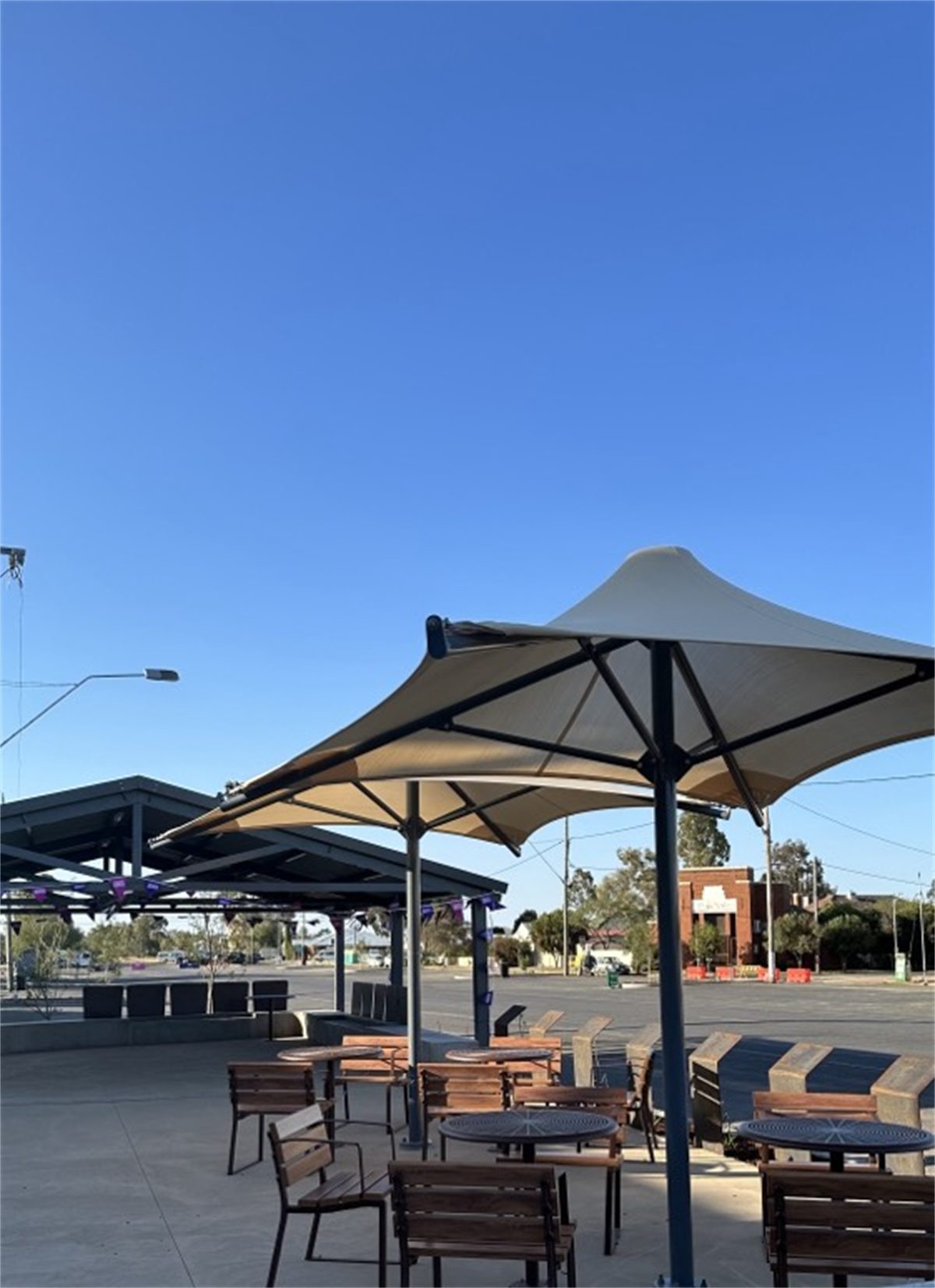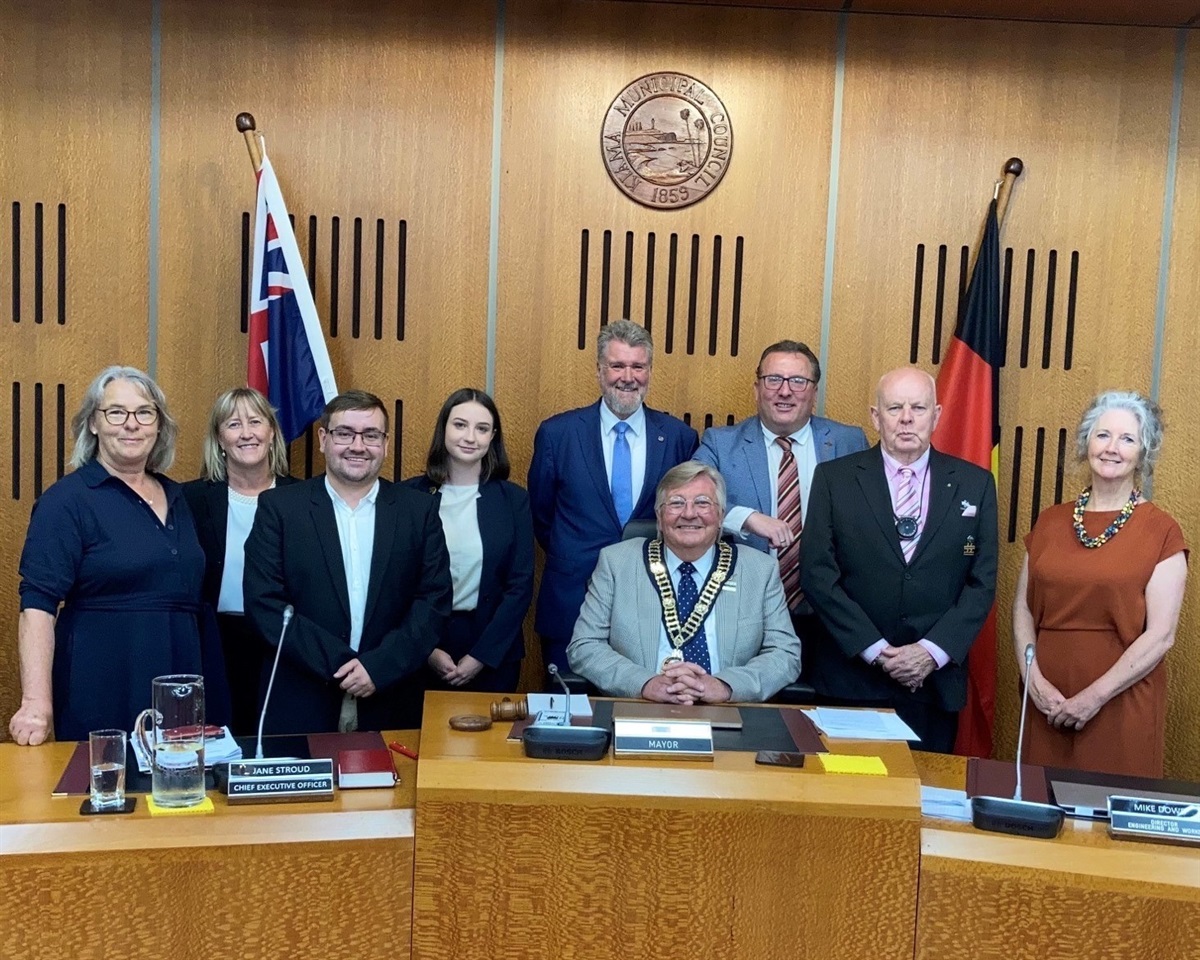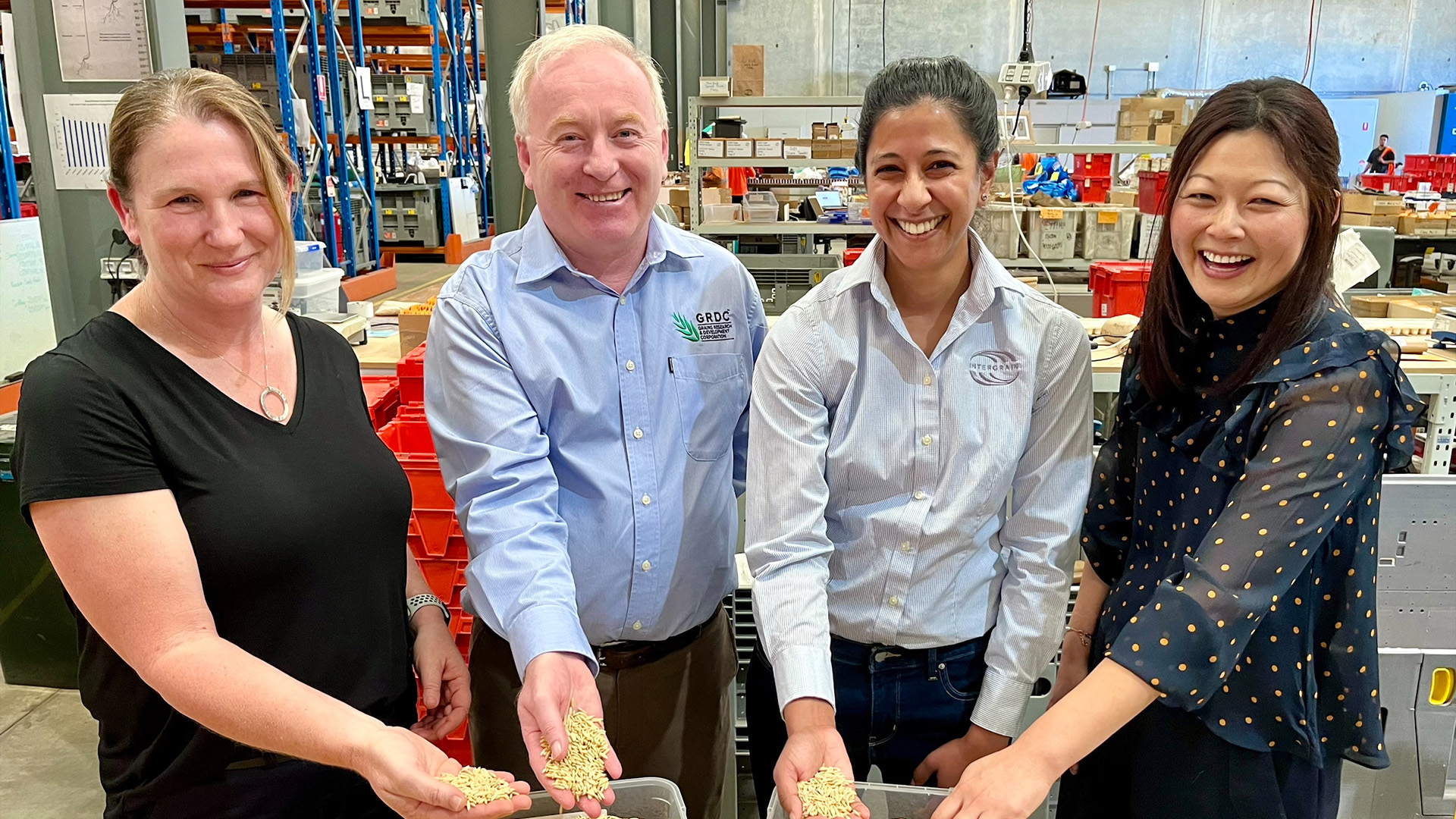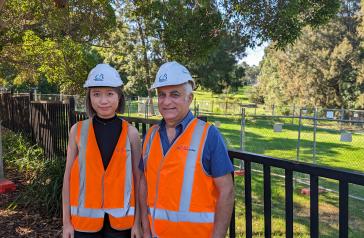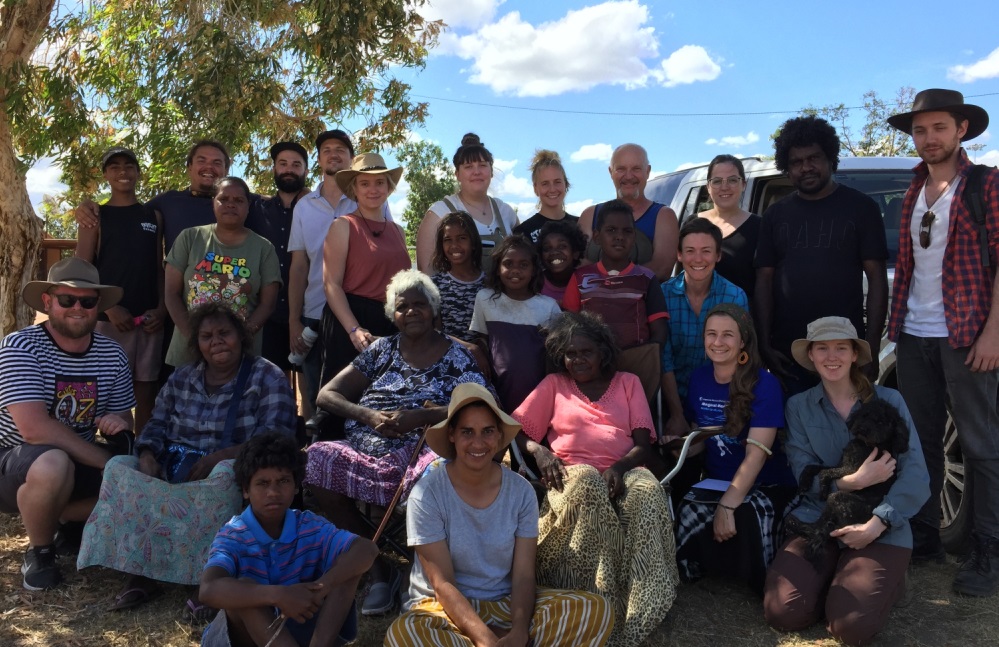
After 20 years of successfully bringing city students to outback Northern Territory, the longest-running archaeological field school in Australia can reflect on developing significant links for students to learn about Aboriginal culture from Aboriginal people.
The Barunga Community Archaeology Field School, located on the Bagala clan lands of Jawoyn Aboriginal people, approximately 80 km south-east of Katherine in the Northern Territory, is part of the postgraduate program in archaeology and cultural heritage at Flinders University.
Flinders University’s Professor Claire Smith and Gary Jackson have run this annual archaeological field school since its inception in 1998, working with a community they have maintained close contact for 30 years.
Professor Smith says the Barunga field school’s 20-year milestone points to its ability to reach beyond archaeological experiences and build significant cross-cultural understanding through developing relationships between all of the school’s participants.
“The overarching aim of this field school – which is held annually over seven days – is for students to learn and experience the cultural protocols that apply when conducting archaeological research in a remote Aboriginal community,” says Professor Smith.
The remote field school has challenged students’ understanding and reconciling the differences between Aboriginal and European ways of knowing and being.
“When community values are central to teaching and assessment, archaeological field schools can be empowering ventures for Indigenous peoples,” says Professor Smith.
“Under the guidance of Barunga community members and Aboriginal Elders, this field school provides a special opportunity for learning while sharing daily life with Aboriginal people from a remote area of Australia.”
An ongoing success of the Barunga program – as identified in a new research paper – is the requirement for students to produce a community product as part of their studies, which means they must connect with an individual in the local community and obtain that person’s direction to produce a useful community product.
“Within this collaborative process, the role of the students in the field school is transformed from passive observer to active learner,” says Professor Smith.
The paper – “An engaged archaeology field school with a remote aboriginal community: Successes, failures, and challenges,” by Claire Smith, Gary Jackson, Jordan Ralph, Nell Brown, Guy Rankin and Barunga Community – has been published by the Journal of Community Archaeology and Heritage. (doi.org/10.1080/20518196.2020.1804112)
About Barunga
Barunga also has special significance as the source of a key social and political document. In 1988, Aboriginal people presented Prime Minister Bob Hawke with the Barunga Statement during the annual Barunga Sports and Culture Festival, which calls for Aboriginal self-management, a national system of land rights, compensation for loss of lands, respect for Aboriginal identity, an end to discrimination, and the granting of full civil, economic, social and cultural rights. The document, painted on bark, is now on permanent display as part of the Parliament House Art Collection in Canberra.


